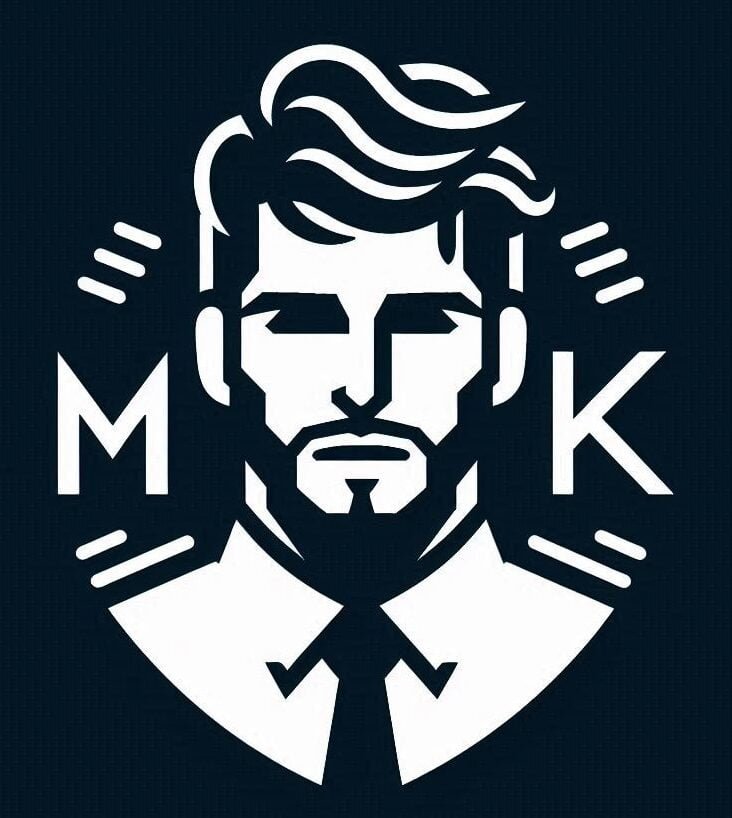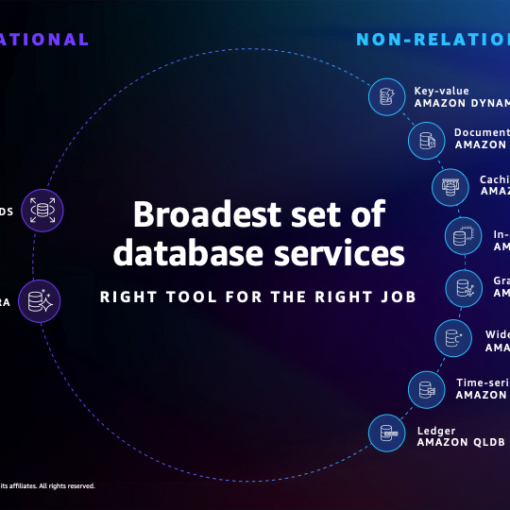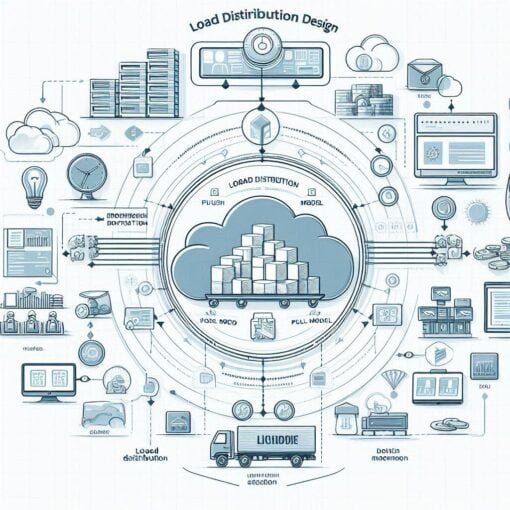
The Evolution of Server Importance
In the past, setting up a server was a laborious process. It involved building the server from scratch, installing software, patching the servers, and setting up static configurations such as IP addresses and names. However, with the advent of cloud computing, servers can now be dynamically created with all necessary components and configurations pre-installed. This has led to a shift in how we view servers:
- Servers are now seen as temporary computing resources that process data for us.
- Any updates, patches, or fixes required for the server are easily handled in the cloud. The old server is simply replaced with a new, updated, and healthier version.
This concept of treating servers as disposable computing resources is a key principle of cloud architecture. But how do we transform the time-consuming task of building a server into a smooth, reusable process?
Bootstrapping and Golden Images
Even with dynamic resource provisioning in the cloud, servers still come with a default configuration and installed applications. This is where bootstrapping comes in. Bootstrapping involves pushing scripts to the server to customize your operating system, including installing and setting up software.
There are several ways to bootstrap servers:
- Pushing PowerShell/bash scripts to the server
- Using configuration management tools like Puppet or Chef
- Utilizing cloud-init and user data scripts to auto-configure servers during the boot process
- Using AWS CloudFormation and AWS OpsWork, which are key tools in AWS for bootstrapping your server
If you need a faster approach with fewer dependencies on external components, you can customize a server and prepare it as your golden image. With your golden image, you can deploy as many servers as you want, each including all pre-built software and configurations.
You can also use a hybrid approach, combining bootstrapping and golden images to optimize your auto-provisioning. The choice between the two methods depends on your deployment, but as a general rule:
- Elements that are less likely to change between your instances (e.g., software installations) are best included in your golden image.
- Elements that are more likely to change in different deployments are better deployed by bootstrapping (e.g., minor software updates and application-specific configurations like database configuration).
A good example of this hybrid approach is AWS Elastic Beanstalk, which provides pre-configured servers with all required software but also allows bootstrapping to customize your environment variables.
Infrastructure as Code
Taking automation a step further, you can transform your entire infrastructure into code, making it a programmable resource that can be reproduced and automated. This opens up a new realm of possibilities:
- Anything that can be converted to software can be programmed.
- Anything that can be programmed can be reused, reproduced, and automated.
A tool that can help you transition to an infrastructure-as-code environment is AWS CloudFormation. With AWS CloudFormation, you can create, manage, and develop your AWS resources as code, including networks, load balancers, security policies, and more. Multiple AWS resources can be programmed together and attached to your application, enabling the creation of a reusable end-to-end environment that includes both your server resources and your infrastructure resources.




